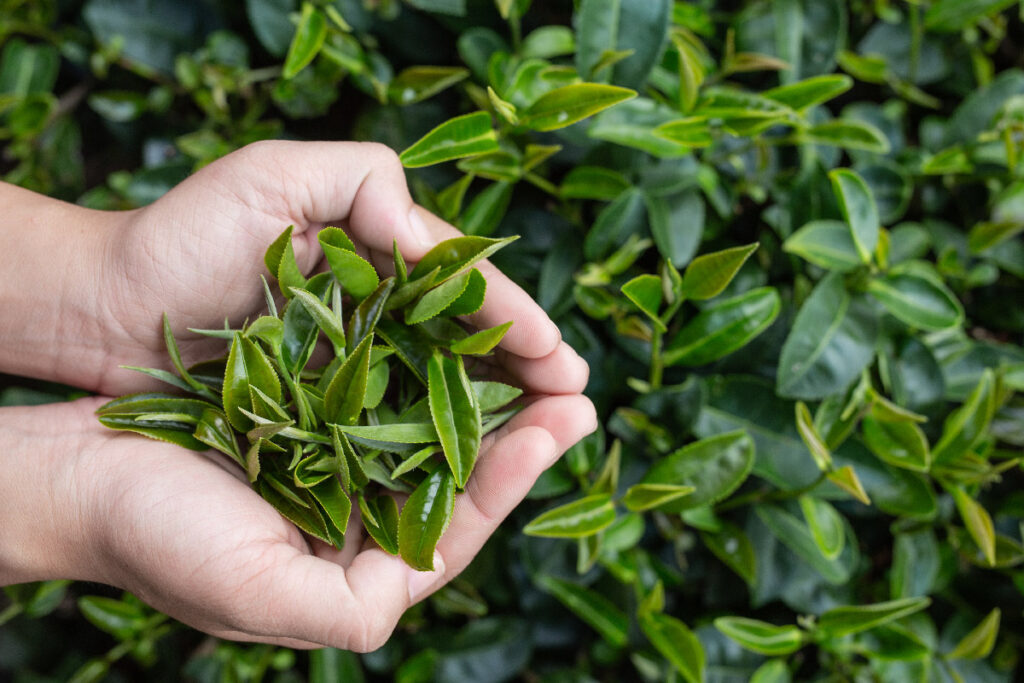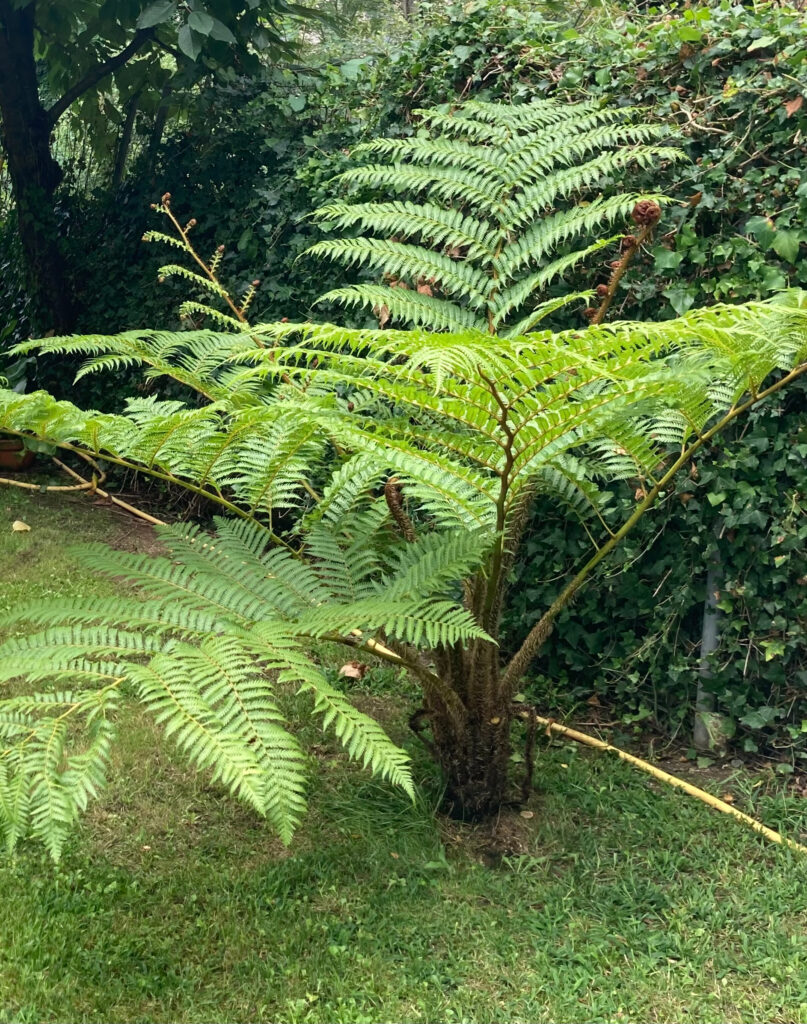Plant Production
Campus
Essential practice for the well-being of the environment
Tea plant
Camellia sinensis
Production of tea plant selected for its morphological and organoleptic characteristics, adapted to production in the Atlantic climate, indicated for the installation of plantations or isolated plants for self-consumption, own production plant in a pot
In this tea plant production, special importance is given to morphological and organoleptic aspects. Morphological aspects refer to the shape and structure of the plant, which can influence its yield, resistance to diseases and ease of management. On the other hand, the organoleptic aspects are related to the sensory characteristics of the tea produced by the plant, such as aroma, flavor and color, which determine the quality of the final drink.
Furthermore, these tea plants have been specifically adapted to thrive in Atlantic climates, which means they are prepared to deal with the particular conditions of this region, such as high rainfall and humidity.
The selected plants are ideal for both establishing large-scale tea plantations or growing them alone for home consumption, allowing people to enjoy their own home-grown tea.
A relevant aspect is that these tea plants are produced internally, that is, production is carried out in pots, which allows greater control of the growth environment and the quality of the plants before being transplanted into the final soil.

Tree fern
Cyathea cooperi
Plant production of the tree fern Cyathea cooperi. Obtained from the sowing of spores of adult Galician specimens. Plant suitable for mild climates or indoor gardens.

The production process of the seedling begins from the sowing of spores collected from adult specimens of Cyathea cooperi tree ferns found in the region of Galicia, Spain. Spores are the reproductive structures of ferns that are used to generate new plants. These spores are collected and planted under controlled conditions, such as in greenhouses or specialized nurseries.
As the spores germinate, they develop into seedlings or seedlings. During this initial stage, it is important to provide adequate humidity, temperature and light conditions to favor its growth. Once the seedlings have reached the appropriate size and development, they are ready to be transplanted to their final location, either in outdoor gardens with mild climates or in indoor gardens, as ornamental plants.
The Cyathea cooperi tree fern is especially suited to mild climates, such as those found in regions with mild winters and mild summers, although it can also thrive in indoor gardens when the right light and moisture conditions are provided.
These ferns are prized for their lush green foliage and graceful, tropical appearance, making them a popular choice for adding a touch of exoticism and beauty to landscapes and gardens. Additionally, their ease of care and maintenance makes them attractive to those looking for a low-maintenance ornamental plant.

